

Pancreatitis is a medical condition characterized by inflammation of the pancreas, an essential organ responsible for producing digestive enzymes and hormones like insulin. It can occur as either acute pancreatitis (develops suddenly and lasts for a short period) or chronic pancreatitis (persists over time and may lead to permanent damage). Both forms can range from mild symptoms to severe complications, making early diagnosis and treatment crucial.
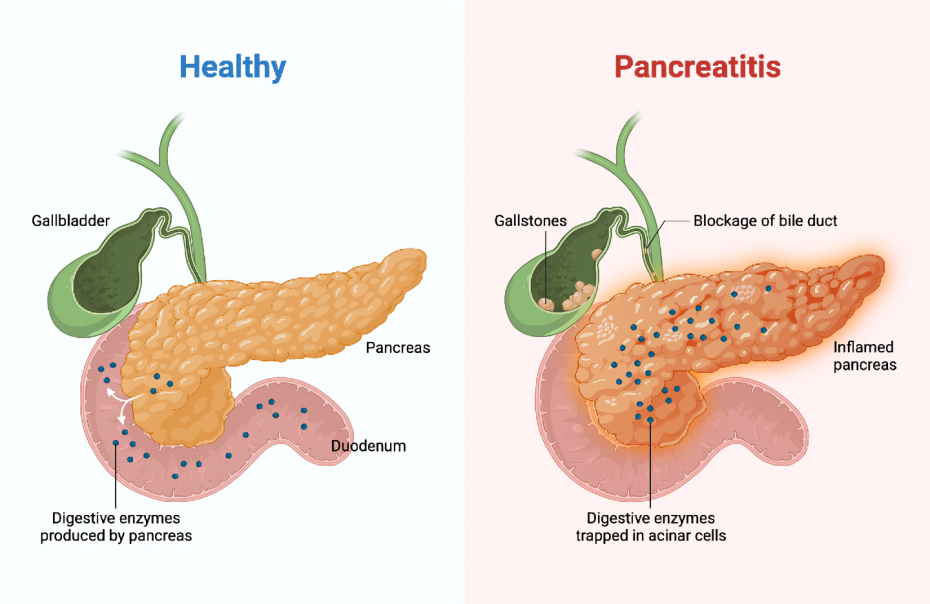
Acute pancreatitis typically begins with sudden pain in the upper abdomen that may radiate to the back. The pain can vary from mild to severe and may last for several days. Common symptoms include nausea, vomiting, fever, and abdominal tenderness. Severe cases can lead to complications such as infection, organ failure, or jaundice caused by bile duct obstruction.
Chronic pancreatitis is a long-term condition where repeated inflammation leads to scarring and loss of pancreatic function. Symptoms often include persistent abdominal pain that worsens after eating, weight loss due to malabsorption of nutrients, and the development of diabetes in advanced stages. Unlike acute pancreatitis, chronic cases may remain asymptomatic until complications arise.
The primary causes of pancreatitis include:
In many cases of chronic pancreatitis, the exact cause remains unknown (idiopathic pancreatitis).
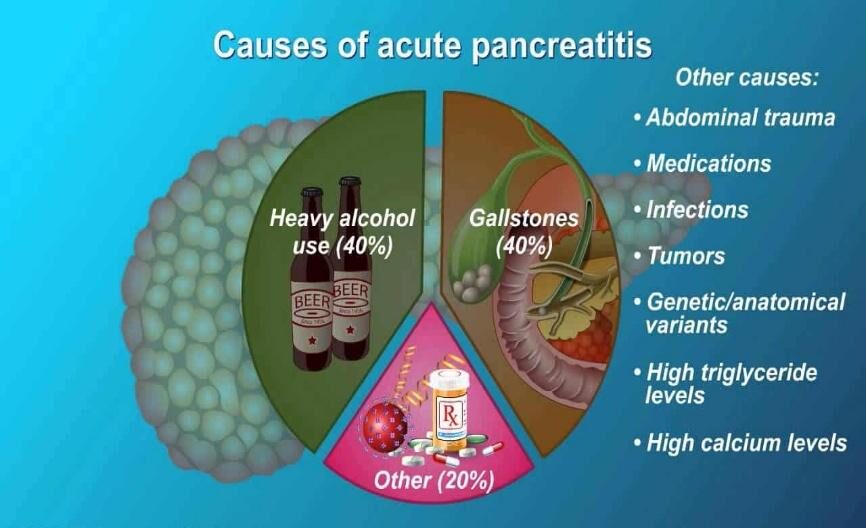
Diagnosing pancreatitis involves a combination of detailed medical history analysis, physical examinations, and diagnostic tests:
Early diagnosis is vital to prevent complications such as necrosis (dead tissue within gland) or haemorrhage (bleeding).
Main stay of treatment for acute pancreatitis focuses on managing symptoms and preventing complications like sepsis, infection/ abscess (pus), pseudocyst (fluid filled sac near pancreas):
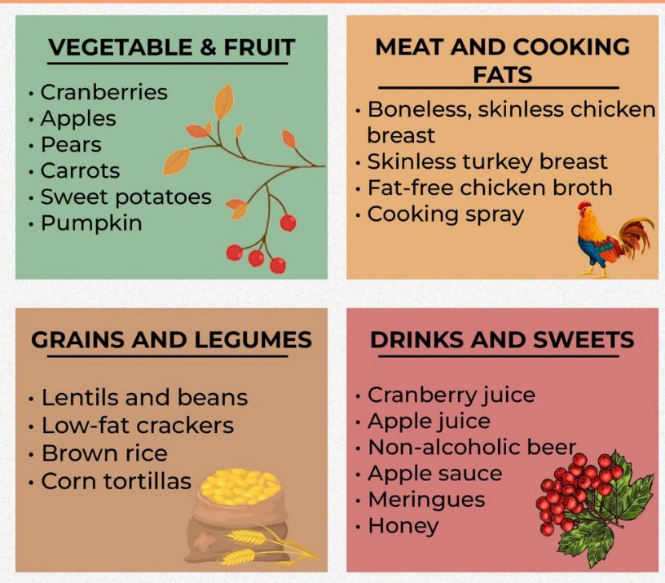
Management of chronic pancreatitis aims to reduce recurrence and severity of symptoms and prevent further damage:
Pancreatitis is a serious condition that requires prompt attention to avoid life-threatening complications. With advancements in diagnostic tools and treatment options, patients can achieve better outcomes when supported by proper medical care and lifestyle modifications. Don’t hesitate to consult our expert professionals at “Vizag Surgicare” if you have any abdominal symptoms or need to clarify any doubts.
A pancreatic pseudocyst is a fluid-filled sac (without epithelial lining) that forms in the pancreas, often as a complication of pancreatitis (acute or chronic) and sometimes from injury to abdomen.
Symptoms can appear immediately after pancreatitis or months later.
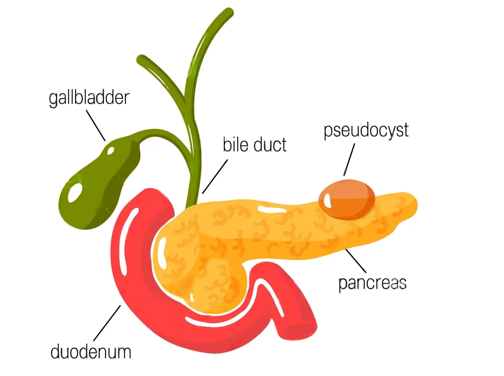
Diagnosis includes detailed history and physical examination. Confirmation is done by imaging – Ultrasound abdomen/ CT. CT provides much more details than ultrasonography like location, size, communication with adjacent ducts, content of the sac (clear fluid or infective/ thick material).

Complications from pancreatic pseudocysts can be severe and include infection leading to sepsis, hemorrhage, obstruction of nearby structures (compression), and rupture.
Treatment often involves drainage of the pseudocyst, which can be done through endoscopic, percutaneous, or surgical methods. Minimally invasive techniques are preferred for their faster recovery times and lower risk of complications.
In some cases, small pseudocysts may resolve on their own without treatment, but larger ones or those causing symptoms or suspicion of malignancy (cancer) typically require intervention. The “Rule of 6” suggests that treatment may be necessary if a pseudocyst is larger than 6 cm or has been present for more than 6 weeks.
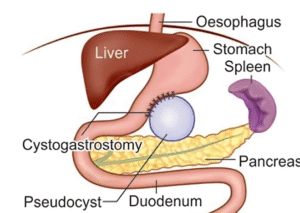
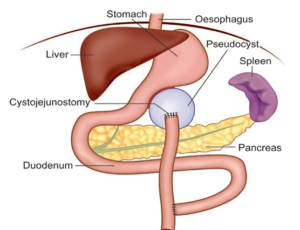
Pancreatic pseudocysts are a significant concern for individuals with pancreatitis, requiring careful monitoring and sometimes urgent medical intervention. Advances in medical technology have made treatment more efficient and safer. Consult our professionals at “Vizag Surgicare” for expert care and treatment.
Mobile No 1 : +91-77029 50513
Mobile No 2 : +91-9848638615
Mobile No 3 : +91-9849239213
First Floor, Mohan Medical Shop, Seethammadhara (NE), Visakhapatnam-530013
info@vizagsurgicare.com
WhatsApp us